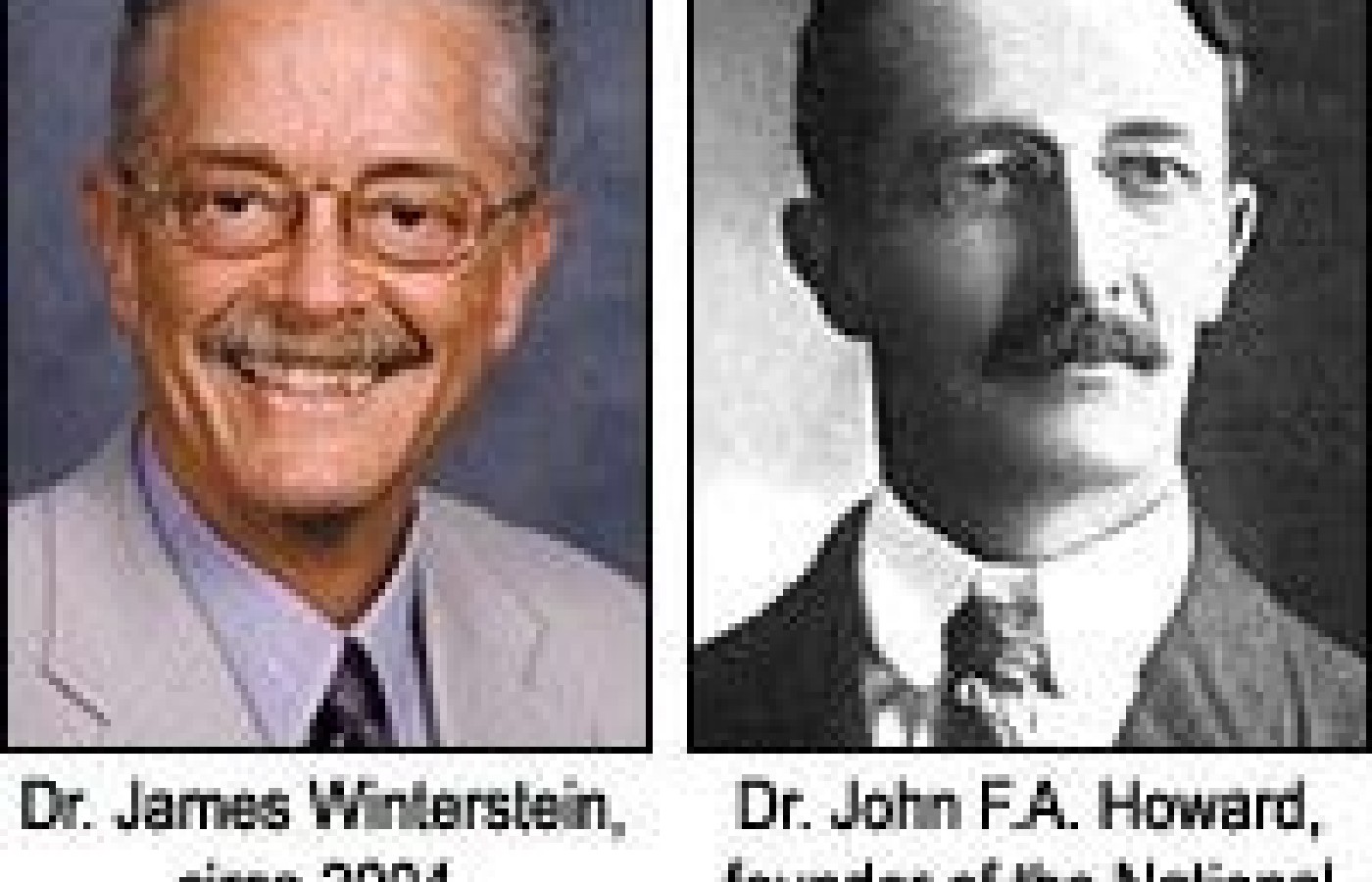New York's highest court of appeals has held that no-fault insurers cannot deny no-fault benefits where they unilaterally determine that a provider has committed misconduct based upon alleged fraudulent conduct. The Court held that this authority belongs solely to state regulators, specifically New York's Board of Regents, which oversees professional licensing and discipline. This follows a similar recent ruling in Florida reported in this publication.
Esse Quam Videri (Part 1 of 2)
| Author's note: This paper is based upon a commencement address delivered to the graduating class of the National University of Health Sciences, Dec. 11, 2004. |
President Winterstein, members of the Board of Trustees, distinguished faculty, family and friends of these new graduates, I thank you for the privilege of offering this final lecture in the 99th year of this noble institution. As Dr. Winterstein mentioned, I'm not a chiropractor, but as a clinical psychologist, I generally feel quite comfortable speaking to doctors of chiropractic, for I too have worked as a drugless healer with a special concern for the role of the neuromuscular system in health and illness. I consider this a very high honor indeed.
I must warn you, however, that I was a fairly kinky psychologist - I did my doctoral research on bedwetting in kids. That actually works to your advantage today; I understand that when you gotta go, you gotta go - it won't be necessary for you to raise your hand or ask for permission to leave the room.
I'm told that a commencement address should always start with a little humor, so I thought I'd tell you about the time that the American Chiropractic Association and the American Medical Association were having their conventions at the same time, in the same hotel...
Anyway, here we are, and I'm the final "talking head" in your training as chiropractic physicians. Just this one more lecture - a short one, I promise - and then they'll give you that sheepskin. On the other hand, I'm part of the "package" that your tuition paid for. From now on, if you need continuing education credits, you'll have to pay extra for the talking heads - one by one - and pay them by the hour, to cure you of your insomnia!
There are any number of worthy topics for this final lecture. I could speak to you about the future of your profession and your role as doctors of chiropractic. We might review the moral and financial challenges that will soon face you as independent practitioners, or consider your patients' need for your healing touch. We could talk about the graying of America and the service that you will render to my generation - the Baby Boomers. We could discuss the continuing struggles within the profession over identity and scope of practice, or the profession's ongoing quest for cultural authority. Yup, these are all worthy topics, and there's plenty of this material to keep me on the lecture circuit with you for years to come.
But Dr. Winterstein was "foolish" enough to invite me to speak with you today in my role as an historian of the chiropractic profession. And for your sake, as well as for the family and friends who've come to share this special day with you, I'm going to ask you to take a look - not forward, but backward, at this very special school - your alma mater.
I'm sure you've heard something about the history of the National in your early semesters. Every chiropractic college teaches a little bit about the profession's past, although it's often not much more than a comic book caricature of actual events. You know: First there was D.D., then there was B.J., then this college was founded, CCE was recognized by the federal government, then we defeated the AMA in the Wilk case, and here we are today!
So, I'm sure you heard something about the National in those early semesters, back when you were memorizing the names for all those body parts that you were carving up in the dissection lab. At that point in your education, history may not have seemed the highest priority. And yet, history is not merely a litany of events. History is not just a stream of names and dates to be memorized for the midterm and the final exam. History is a lens for examining who you are as a chiropractor, and hopefully for choosing more wisely where you and this profession should be going.
Let me play psychologist for just a moment. One of the developmental challenges facing adolescents is the formation of their identity. Teenagers attempt to define themselves by comparison with peers, that is, in relation to other youngsters. However, as we grow older and as we accumulate a wide range of experiences, our sense of self is based not just on this cross-sectional method of identity formation, but also, and perhaps more importantly, upon a longitudinal perspective. When you get to be as old as me, the sense of self is definitely based on one's personal experiences, the gestalt of one's lifespan, as well as by comparison to the peer group.
I think the same is true, or ought to be true, of a profession's sense of identity. Chiropractors have traditionally defined this profession in relation to allopathic medicine. Just like 7-Up portrayed itself as the "un-cola," many of you tend to see chiropractic as the "un-medicine." And that's OK, as far as it goes. But the chiropractic profession is no longer a child, or even a teenager. After more than a century of serving the sick, the profession has accumulated a wealth of experience that serves to define it, or at least, could serve to inform its members - you folks - if you are willing to take the time to look backward in the rearview mirror and see where we've come from.
You ladies and gentlemen who are about to enter the ranks of the profession as full-fledged doctors, you are about to graduate from one of the most unusual and exceptional schools in the world. The National University - formerly the National College, and before that, the National School of Chiropractic - is vested with a tradition that stands out among health care institutions in this or in any profession. Like any chiropractic school, you have stood in defiance of political medicine to offer a kinder, gentler approach to relieving the sickness and suffering of your fellow men and women. You have learned to cooperate and communicate intelligently with those MDs who appreciate the value of your special healing art. And within the chiropractic profession, your alma mater has been the torchbearer for science, for critical thinking, for higher standards in education and in clinical practice. This commitment is manifest in the official motto of the National University: "Esse Quam Videri." To be, rather than merely to seem to be; steak, rather than sizzle; substance, rather than appearance - there is perhaps no more appropriate phrase to capture what this school has stood for during the past 99 years: Esse Quam Videri.
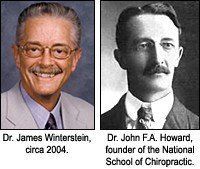
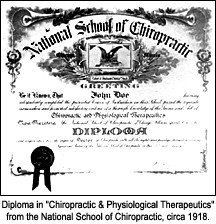
Honestly, Dr. Winterstein doesn't pay me anything extra to say things like this. Truly, this comes from the heart, and it is based on my study of the history of all the chiropractic colleges. Since its founding in 1906, the National has been the outstanding proponent of alternative healing - of chiropractic, of alternative and complementary medicine, if you will - in all the world. Yes, nowadays, you have competition developing for this high status - keep your eye on the chiropractic training program at the University of Southern Denmark, a state-funded school with many more resources than the National enjoys. And yet, the litany of pioneering efforts by the National University is unrivaled in history:
- The National was first to make whole-body diagnosis a core component of the chiropractic curriculum.
- The National was first to make anatomical instruction by dissection a permanent feature of its curriculum. (In fact, that's one of the reasons your founder, Dr. John Howard, moved the school to Chicagoland - there just weren't enough dead bodies for dissection back in Davenport, Iowa!)
- The National was first to offer in-depth instruction in physiological therapeutics - even before there was a physical therapy profession.
- The National was one of the first to offer hospital experience for chiropractic students (at Cook County General in the 1910s and 1920s).
- The National's faculty were pioneers in developing flexion-distraction therapy - in the 1930s!
- The National was the first chiropractic school to achieve regional accreditation from an agency recognized by the federal government.
- The National was the first to establish a blind-peer-reviewed scientific journal indexed by the National Library of Medicine - the Journal of Manipulative & Physiological Therapeutics (JMPT).
- The National was first to require a baccalaureate degree for admission to chiropractic studies.
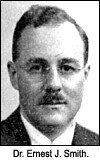
|
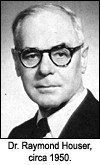
|
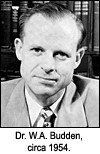
|
Now, I don't mean to suggest that the National was first at every important accomplishment in the history of chiropractic. You weren't the first to establish a four-year curriculum; that honor belongs to the Metropolitan College of Chiropractic in Cleveland, Ohio, founded by Dr. Ernest J. Smith, a graduate of the National College. The National was not the first chiropractic institution to require two years of pre-professional, liberal arts college study as an entrance requirement. No, that distinction belongs to the LACC, during the administration of Dr. Raymond Houser, a graduate of the National College. Nor has the National been the only institution to prepare chiropractors for the role of primary care physicians; you share that distinction with Western States College, which was reorganized for that specific purpose in 1932 by Dr. William Budden, the former dean and a graduate of the National College.
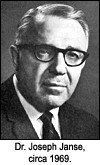
|
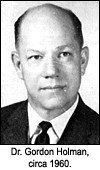
|
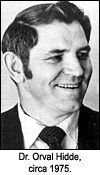
|

|
Ladies and gentlemen, the former president of the National College, Dr. Joe Janse, may have been responsible for encouraging the formation of the National Board of Chiropractic Examiners in 1962, but he wasn't the fellow who got the National Board up and running. That credit belongs to Dr. Gordon Holman, a graduate of the National College. And your alma mater wasn't alone in the quest to establish federal recognition for chiropractic education. There were two men most responsible for CCE's recognition by the U.S. Office of Education in 1974; one was Dr. George Haynes of the LACC, and the other was attorney chiropractor Orval Hidde, a graduate of the National College. And when Florida State University looked around for a likely candidate to serve as dean of its soon-to-be-opened state-university college of chiropractic medicine, whom do you suppose they found? You guessed it: Dr. Al Adams, a graduate of the National College.
Joseph Keating Jr., PhD
Phoenix, Arizona
jckeating@aol.com
